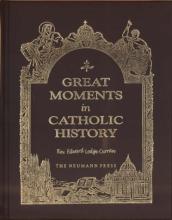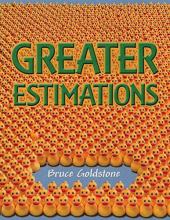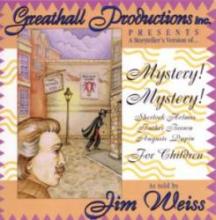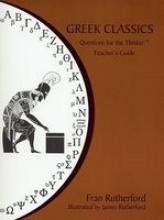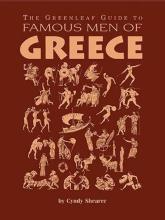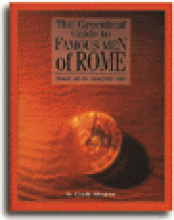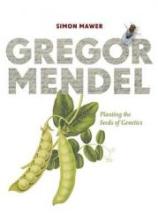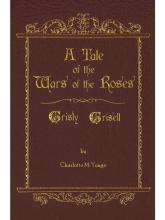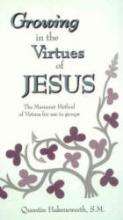No name
Great Moments in Catholic History
Inviting the reader in with its black and white illustrations on each page, Great Moments in Catholic History presents one hundred exceptional events in the history of the Catholic Church. Originally published in 1938, each page presents a great moment beginning with the Annunciation and ending with Pope Pius XI's 1937 Encyclical letter on Atheistic Communism. At the end of the book there are 500 quiz questions, 5 for each of the 100 historical events, to review the lessons learned.
This book would be helpful in enriching the study of history with a Catholic perspective. One cannot begin to appreciate history without first understanding the impact of Christ and His church on historical events; The easy-to-read format of this book makes that understanding almost effortless.
The author recommends using this book as a supplement for seventh and eighth graders. However my younger students have benefited from using Great Moments in Catholic History as a read-aloud book. Not only have the children enjoyed learning from our read aloud time, but so have I.
Like many of Neumann Press' books, Great Moments in Catholic History is beautifully bound. The black hardcover is embossed with gold and it is filled with ivory 60-pound paper.
Another reviewer comments that she had a few concerns about this book although she found it helpful overall. Please see below for her comments.
Greater Estimations
You may have enjoyed, like we have, Great Estimations in the past. I was happy to find in the library this week a brand new sequel by the same author!
Greater Estimations deals still with estimations, as as the cover says, it deals with greater estimations. Be prepared for some large numbers, and if you read it aloud it may generate some fun discussions! I had lunch today with my friend and neighbor Mary Daly, the author of the well-known homeschool science program entitled The Universe in My Hands, and over some awesome enchiladas after our bishop's pro-life mass we discussed how so few people have a good grasp of how many a million is. Or even one thousand. We went on to estimate the chips in the basket next to the yummy salsa!
Greathall Audio Productions
Greek Classics
Greenleaf Guide to Famous Men of Greece
Greenleaf Guide to Famous Men of Rome
Gregor Mendel
Grisly Grisell
Grisly Grisell begins with a bang, in fact, an explosion. Unfortunately, the result is more than a loud noise. Set in medieval England, during the War of the Roses (the reigns of Kings Henry V and Henry VI), the children of the castle are curiously investigating a keg when, to their horror, they discover that it contains gunpowder. The devastating result is a seriously wounded little girl, who is brutally scarred for life. How she, as well as others, deals with this devastating disfigurement affects much of the rest of the story. Can others see behind the ugly scars into the beauty of another's soul?
Grisly Grisell is one of the newly reprinted titles from Lepanto Press' Knights and Ladies series. It is a tale of adventure and good romance. Patience, perseverance and kindness are strong and noble virtues of Grisell, which endear her to others, including the reader.
What sets this book apart from others are the Catholic overtones. For example, Grisell has a positive experience growing up in a convent. In fact, she was hoping to be a nun, when her lack of a dowry and an unsympathetic Abbess (of course she is Spanish and this is British historical fiction) prevented it. Although the Catholic Church is presented, overall, very positively, this particular incident, when the Pope appoints a greedy relative to take over the convent, may warrant some discussion to clarify that there have been some terrible Popes in history, but that the Holy Spirit is still with the Catholic Church. Even though Grisell is prevented from becoming a nun, she is not embittered by the incident against the Church. She patiently accepts it as a cross to bear.
Although the story is fast paced and of interest to older readers (Ages 13-up), it could be read aloud to a younger audience. My only difficulty with the story is that it sometimes was confusing to know, in the larger scheme of the War, who was on whose side. Even if the reader is somewhat muddled, the story does eventually get worked out and the theme within the story carries the reader to the end.

